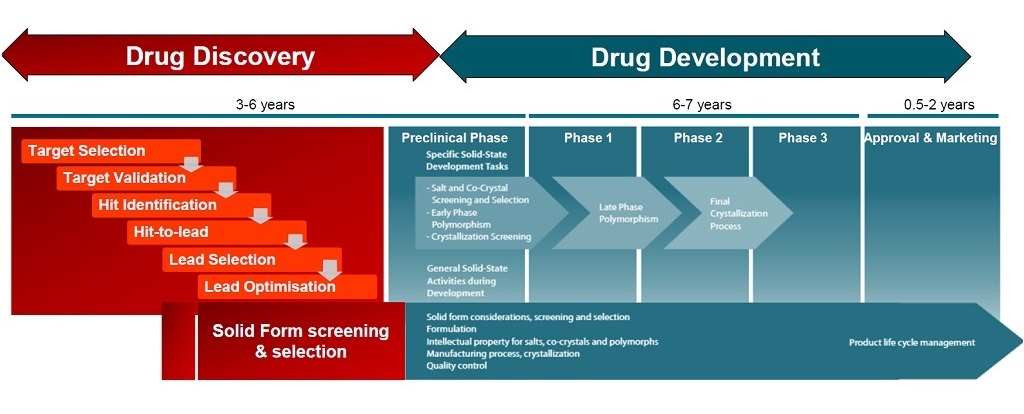MSc. Valentina Di Lallo (Chiesi Pharmaceuticals) - presentation at the Crystallization Workshop in Milan, Italy.
The inhaled route of administration is most widely used in the chronic treatment of pulmonary diseases, such as asthma, COPD, cystic fibrosis, pneumonia. The rational for such treatments includes more localized and targeted delivery with minimum systemic exposure. For efficient deposition in the lungs, physical properties of the aerosolized drugs are critical: the particles should have an ideal size and morphology that provide optimal aerodynamic performance [1].

Three main inhalation systems are widely used for pulmonary drugs: nebulizers and pressurized Metered Dose Inhalers (pMDIs) are based on solution/suspension formulations, while Dry Powder Inhalers (DPIs) generate aerosol directly from solid API mixed with solid excipients or carriers. Among the alternative particle engineering technologies available to produce a DPI formulation, the traditional process of blending a micronized crystalline drug (1-5μm) with larger lactose particles is still the most used approach [2]. The API is usually milled prior to blending, using a jet mill or similar device. The aerodynamic properties of the API particles, their adhesion to the excipient and their stability all impact upon the efficacy of dosing. Therefore, the crystal size, habit, shape and surface of micronized material need to be fully controlled in order to proper tune the aerodynamic properties.
The Crystalline instrument with through the vial analytical capabilities like turbidity, particle visualization or Raman offers and easy, efficient and reliable way to get information about the crystal size, habit, shape, particle size distribution.
As a result of all these constraints, the activities for identification of crystalline forms suitable for inhalation should start in earlier phases of drug discovery. It is in fact quite typical perform the first crystallization screening during the discovery phase, during lead selection or lead optimization, as a part of the Screening Cascade of tests for the selection of Candidate Drugs (CD). Crystal16 parallel crystallizer is the ultimate instrument for improving and accelerating your crystallization research. With 16 reactors at a volume of 1mL, easily determine solubility curves and screen for crystallization conditions. [3].
A few crystallization case studies performed on Crystal16 at Chiesi Pharmaceuticals were discussed during the workshop, illustrating how challenges may be overcome in drug discovery while trying to identify crystalline forms suitable for inhalation.
References
- Patton, J. S., & Byron, P. R. (2007). Inhaling medicines: delivering drugs to the body through the lungs. Nature Reviews Drug Discovery, 6(1), 67-74.
- Pilcer, G., & Amighi, K. (2010). Formulation strategy and use of excipients in pulmonary drug delivery. International Journal of Pharmaceutics, 392(1), 1-19.
- Selby, M. D., de Koning, P. D., & Roberts, D. F. (2011). A perspective on synthetic and solid-form enablement of inhalation candidates. Future medicinal chemistry, 3(13), 1679-1701.
Curious to learn more?
Check out here how the Crystal16 and Crystalline instruments were used in the experiments carried by Chiesi Pharmaceuticals and presented during th Crystallization Workshop Milan in 2018.